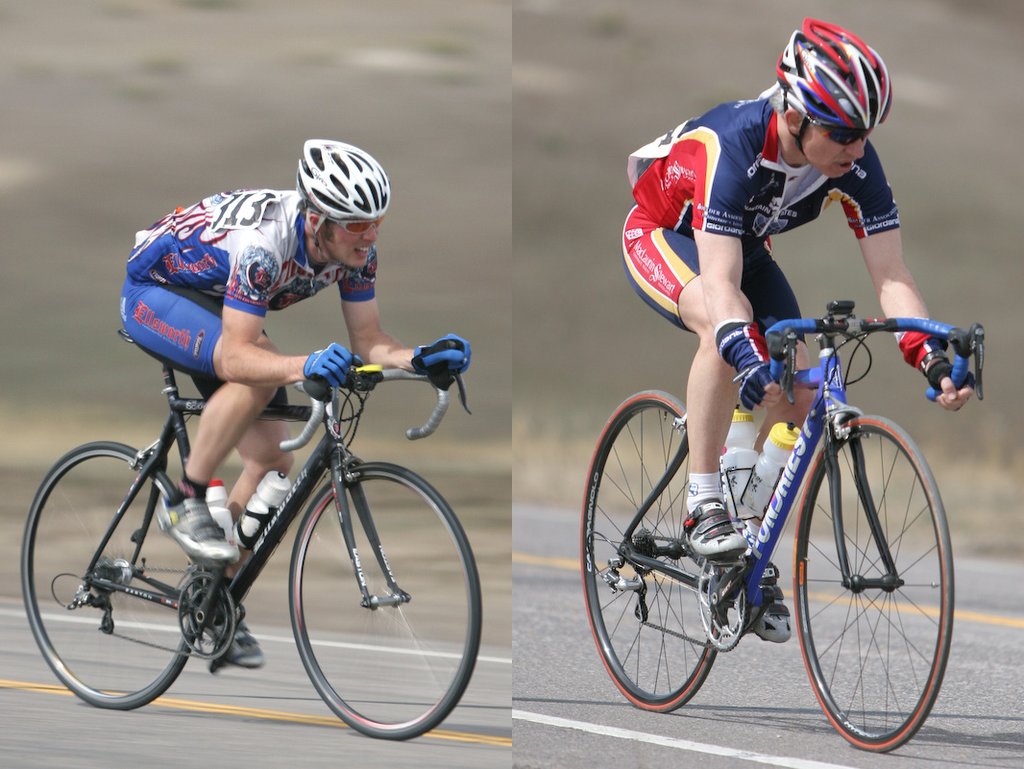Here is general take on the gear, and bit on usage and processing too.
When I started more seriously with photography, I was alone with a DSLR. It was the EOS 400D with a kit lens, but compact cameras were very inferior back then, and DSLRs quite unreachable for most as a toy to play with. And so my photography was wanted. (Parties and such).
The issue was, that I was not happy with the quality still. Very high standards confronted with dark scenes. What could one do, with an old DSLR, a kit lens, no lights and not much skill, no processing.
Usually, ISO 800 was the limit of the photography before it got unusable, and waste rates were crazy, because I rather risked motion blur than a noisy photo.
I would stay that way forever, but thankfully, technology advanced so much in the meantime.
Compared to current sate of technology and prices, I can have one to three stops better image quality from the camera, one to three stops better image quality from the lens, either via wide aperture, IS or sharpness and resolution, and I can have one to three stops better image quality from the processing.
Not all advantages add up together, but in general, I can say I now have 2-6 stops of image quality advantage compared to the history. And that changes things a lot.
Even on my Canon EOS M6 II, ISO3200 was a threshold, over which I would not usually go. 4k output image with fairly high quality standards, or no image at all. That was the deal. Well, here comes the efforts. I did take a very random, otherwise unusable picture of a dark scene on the table.

It´s a dark image, to match the preserved darks in the JPEG image output. Otherwise it would be all grey.
It doesn´t say anything about anything really. Except that it is ISO 25600 shot. I am marveling over the drastic advantage the technology gives me, providing so usable output at such high ISO speeds. That is, ISO 800 before to ISO 25600 with arguably better results than before. 5 stops, no fast lens, no additional lighting.
My jaw is still on the ground. Cannot pick it up.
Here is detail comparison between my large sensor phone camera output (three major quality issues even for FullHD output), In-camera JPG output with slight LR denoise, and fully "managed and processed" .

The phone camera holds its own very often for snapshots, but no match for sheer resources supportted by more efforts.
Not always the difference can be so large, but not always it is needed.
And so that´s that. The base hardware certainly covers a lot. It´s a great privilege to be in this time and age.
Also, that claim that "it is not the gear", that doesn´t go well with me.
What would FF do for me? Would another stop or two, and not always, solve anything? I had FF, I know how much more magic it does. No arguing about that. Talking about practical daily difference.
Next one is lighting and lighting gear. I do not posses it yet (again).











